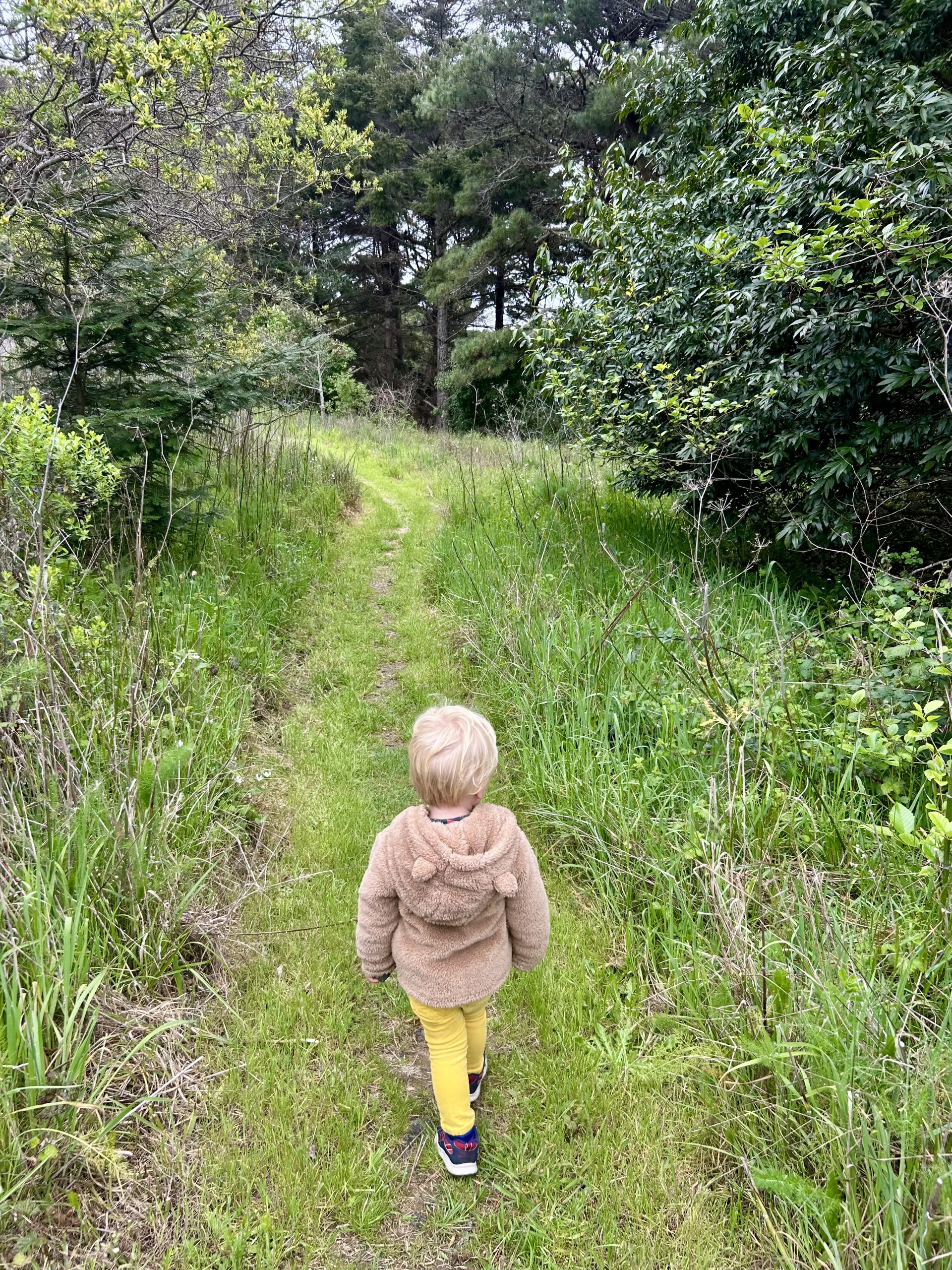Mill Bend Preserve Conservation Plan
Planning for Future Generations
Funded by a grant from the State Coastal Conservancy, RCLC and environmental science and design consultant Prunuske Chatham, Inc. have developed a conservation plan that describes immediate and on-going ecological needs and the framework for long-term management of the Preserve. The work that lies ahead includes restoring highly degraded portions of the land and estuary; developing thoughtful public access that expands opportunities while protecting and enhancing sensitive areas; managing the interacting everyday needs of plants, wildlife, and human visitors; and supporting the site’s resilience to changing environmental conditions. Read the conservation plan abstract.
“The work that lies ahead includes restoring highly degraded portions of the land and estuary; developing thoughtful public access that expands opportunities while protecting and enhancing sensitive areas; managing the everyday needs of plants, wildlife, and human visitors; and supporting the site’s resilience to changing environmental conditions”
–Jim Elias, RCLC Executive Director
Photo credits: Banner photo by Ethan Applegate. Gallery includes photos by Querido Galdo, Chris Braley, Craig Tooley, Andy Kiehl, Gail Jackson, David Bradbrook, Ronald Bolander, Nicolet Houtz


